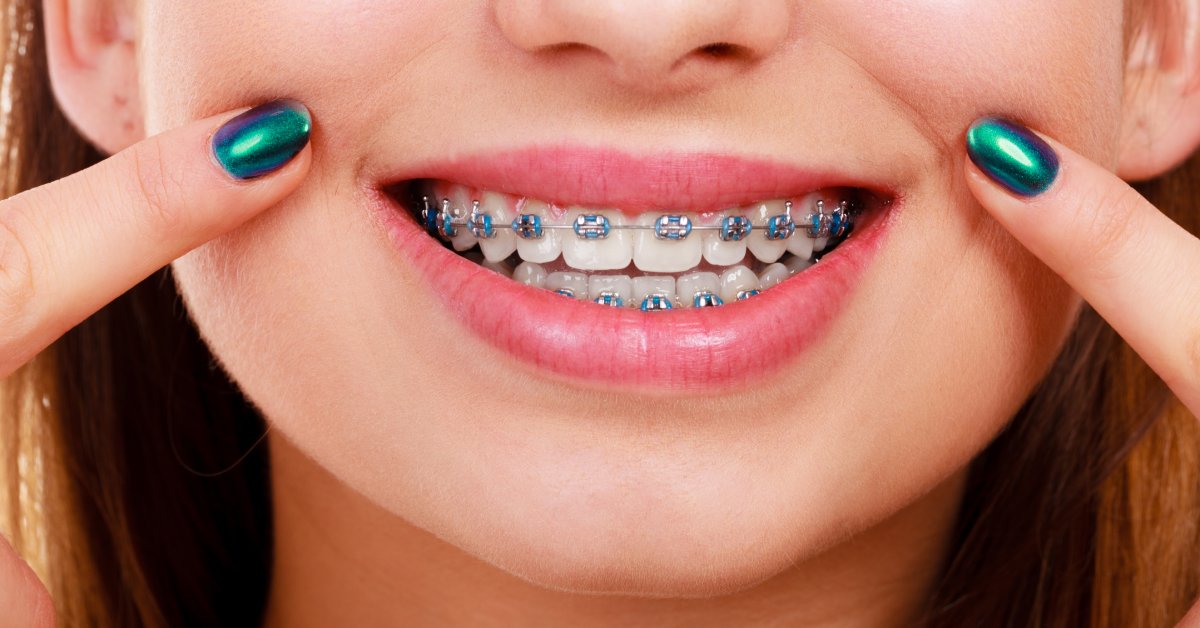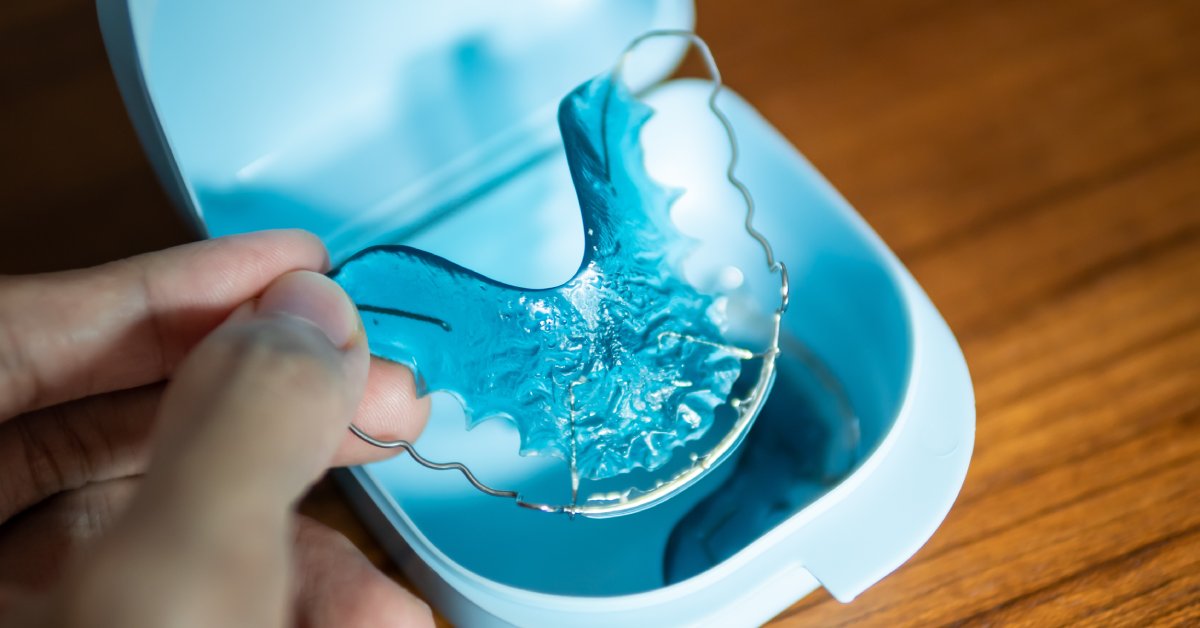
After months or years of wearing braces to straighten out your teeth, you will naturally want the results to last a lifetime. Although braces work hard to guide your teeth into the correct positions, the reality is that this alignment is not set in stone. Teeth possess a fascinating ability to shift subtly over time due to various factors.
This movement can be minimal or more noticeable, depending on how well you follow post-braces care instructions. Read on to learn how long it takes for teeth to shift after braces and what you can do to maintain the straight smile you worked so hard to achieve.
Why Do Teeth Shift?
Teeth are never static. Although braces work to move teeth into their desired positions, periodontal ligaments maintain flexibility, which allows for slight adjustments throughout life. What anchors your teeth isn’t rigid but a dynamic connection that responds to pressure.
Daily activities like eating or even minor clenching of the jaw apply consistent pressure to your teeth. Over time, this pressure can nudge teeth subtly out of alignment. Additionally, aging impacts teeth alignment due to the structure of your face naturally evolving. Other habits, like biting your nails and frequently chewing gum, can also cause movement.
When Can Teeth Start Moving?
Teeth are more susceptible to movement after you have your braces removed or stop wearing clear aligners. Your teeth retain a level of “memory” of their previous placement and may attempt to shift back to their original positions. This shift can occur within weeks or months if you don’t prioritize proper care. While many believe teeth shift decades after braces, the critical window for movement begins almost immediately after braces come off.
How Can I Prevent Unwanted Teeth Movement?

Now that you know how long it takes for teeth to shift after braces, you’re probably wondering what you can do to stop the migration. Fortunately, you can try plenty of preventative strategies.
Provide Your Teeth With Proper Care
Proper oral hygiene lays the foundation for aligned teeth. When brushing and flossing fall short, the risk of gum disease rises. Compromised gums provide weakened support for teeth, rendering them more likely to shift.
Beyond brushing twice a day, floss daily to maintain healthy spaces between teeth. Professional dental cleanings can further enhance your oral health by removing plaque, which may harbor bacteria that lead to gum irritation.
Stay Hydrated
Drinking water throughout your day rinses away food particles, helps avoid cavity formation, and promotes saliva production. Saliva neutralizes potentially harmful acids and aids in creating a balanced oral environment that supports your teeth alignment.
Wear a Retainer as Recommended

Another effective way to maintain the alignment of your teeth is to wear a retainer. Designed to keep teeth in their intended position, retainers support the teeth structure your braces achieved. Dentists and orthodontists usually provide specific retainer wear schedules tailored to each individual. Initially, wearing a retainer frequently, especially overnight, can majorly reduce the likelihood of teeth movement. Over time, usage may decrease, but consistency remains invaluable.
Two main types of retainers are common for post-treatment care. One is a fixed retainer, which professionals will bond to the back of your teeth so you can enjoy continuous protection without experiencing a daily routine of wearing and removing the retainer. Removable retainers also maintain alignment and allow for proper cleaning. Neglecting your retainer may result in visible changes, making corrective treatment necessary.
Stay Away From Potentially Harmful Foods
What you eat influences more than just your general health; it also impacts your orthodontic results. Hard or sticky options such as tough candies, caramel, or overly crunchy snacks apply unnecessary pressure to teeth and the surrounding ligaments.
In addition, you should avoid chewing ice cubes or un-popped popcorn kernels to safeguard your teeth alignment. Instead, opt for softer, nutrient-rich food choices that promote oral health while protecting teeth. Smoothies, fruits, and steamed vegetables are excellent options that minimize potential harm.
Use a Mouthguard During Physical Activity
Protecting your teeth from sudden impacts is essential when participating in competitive sports or recreational physical activities. A single accident could disrupt alignment from the force of a ball, elbow, or fall.
Custom mouthguards offer the best protection. Designed by dental professionals, mouthguards fit snugly and provide comfort while safeguarding teeth and gums. Over-the-counter alternatives, while accessible, may lack the precision needed to offer complete protection during intense activities.
Even if physical contact seems minimal, wearing a mouthguard during sports reduces the risk of accidental trauma. This proactive habit preserves your smile and the work invested during orthodontic treatment.
Make an Appointment When Teeth Move
Despite your preventive efforts, shifts can still occasionally happen. Ignoring minor movements can lead to greater alignment challenges, requiring further intervention, so don’t wait if you feel your teeth shift. Instead, schedule an appointment with your dentist or orthodontist immediately.
Dental professionals can assess whether you need additional treatment or if refining existing retainers can correct the shift. Early detection minimizes movement, preserving your smile and overall dental health. Regular dental visits allow professionals to catch subtle changes you may not recognize, so schedule appointments as your dentist recommends.
Your investment in braces deserves to last a lifetime, and preventing unwanted teeth shifts plays a key part in that. You can preserve your perfect post-braces smile by putting dedicated care into retainer use, oral hygiene, and protecting your teeth during everyday activities.
Your teeth will always possess the ability to move. However, by protecting them with mindful habits, you can maintain the alignment you were able to achieve through braces. If you want to improve the alignment of your teeth, contact Pinnacle Dental Associates today. Thanks to our teeth-straightening aligners, we can make the process of improving your smile far more comfortable than it would be with metal braces.
